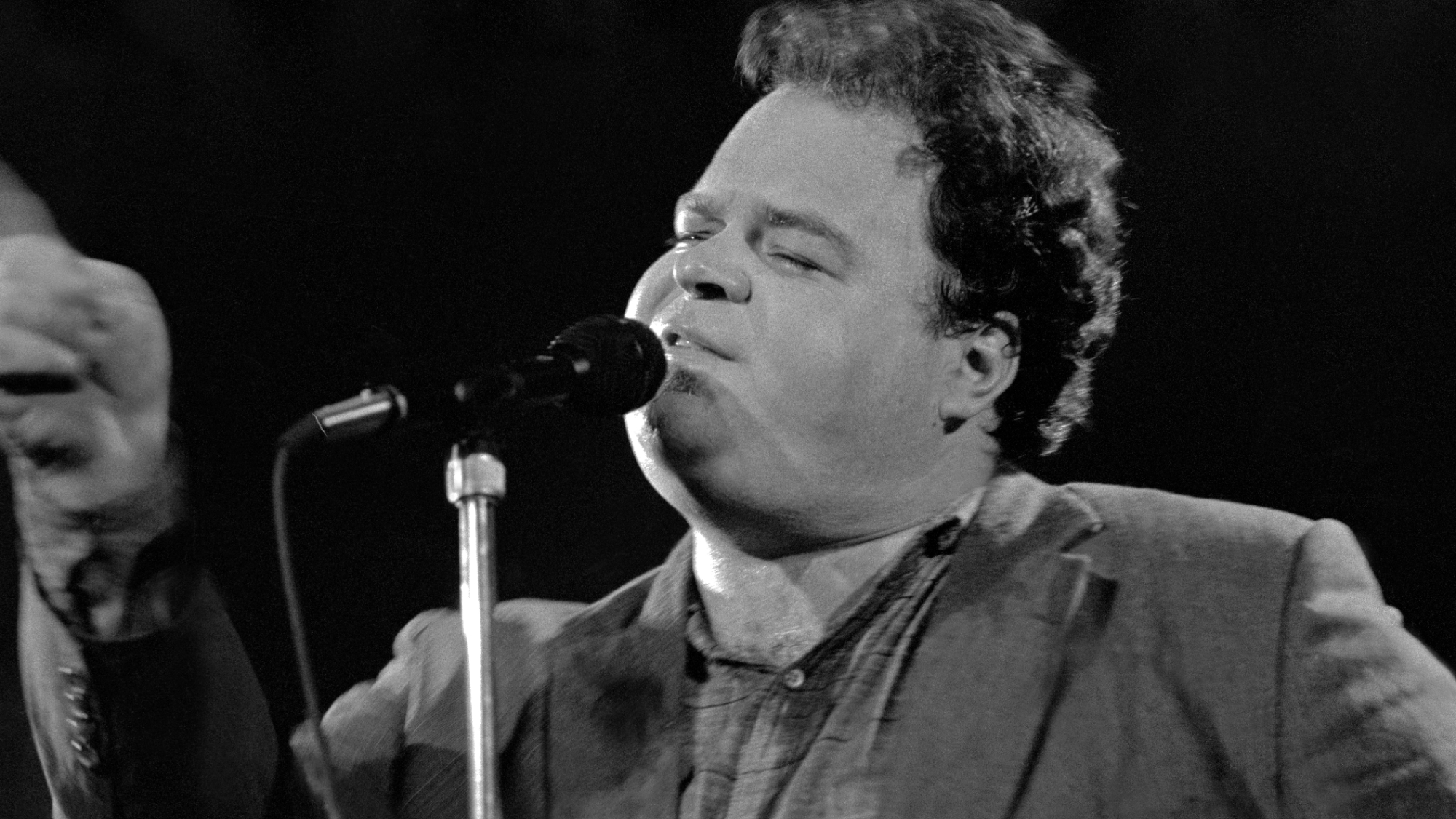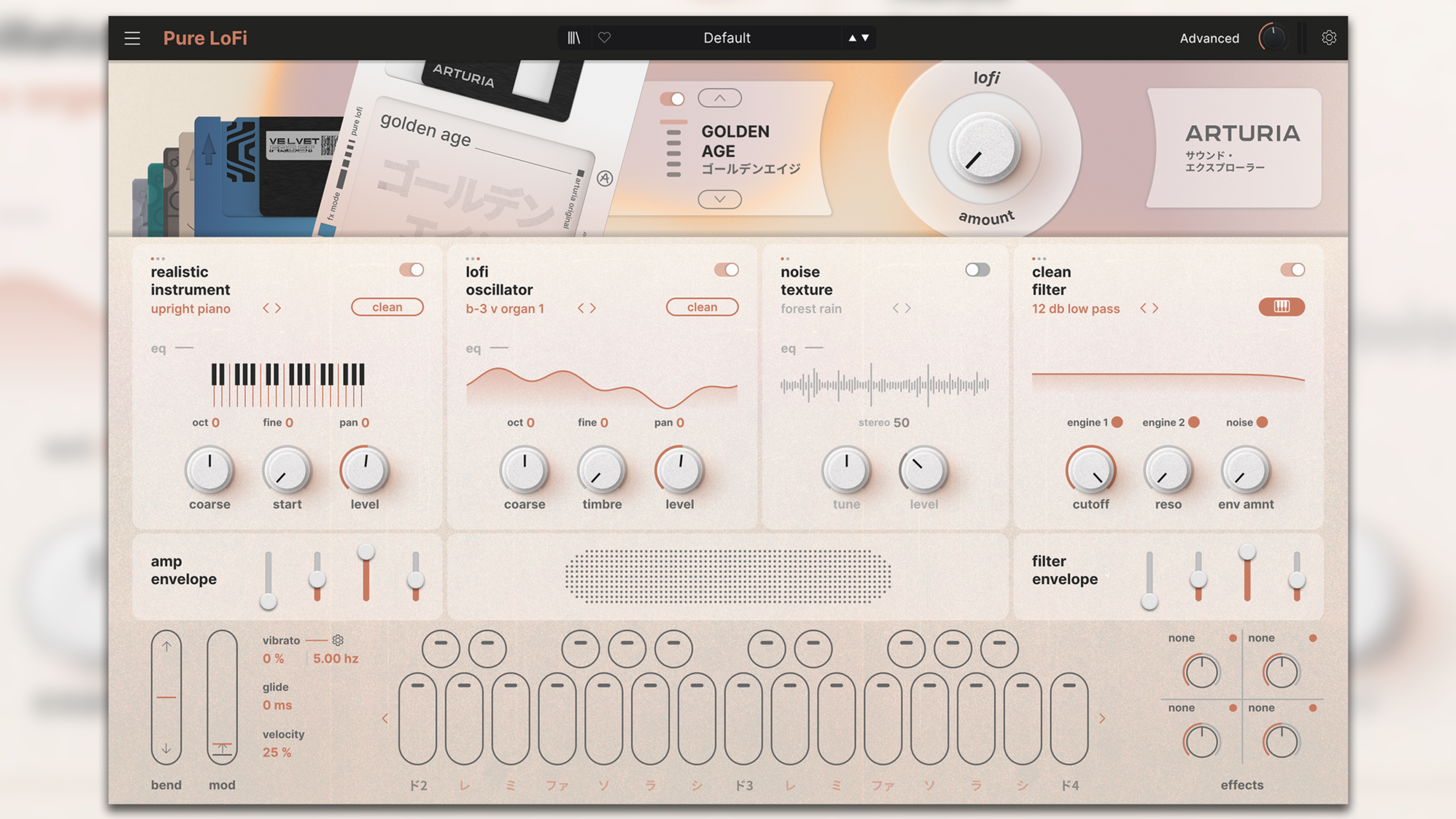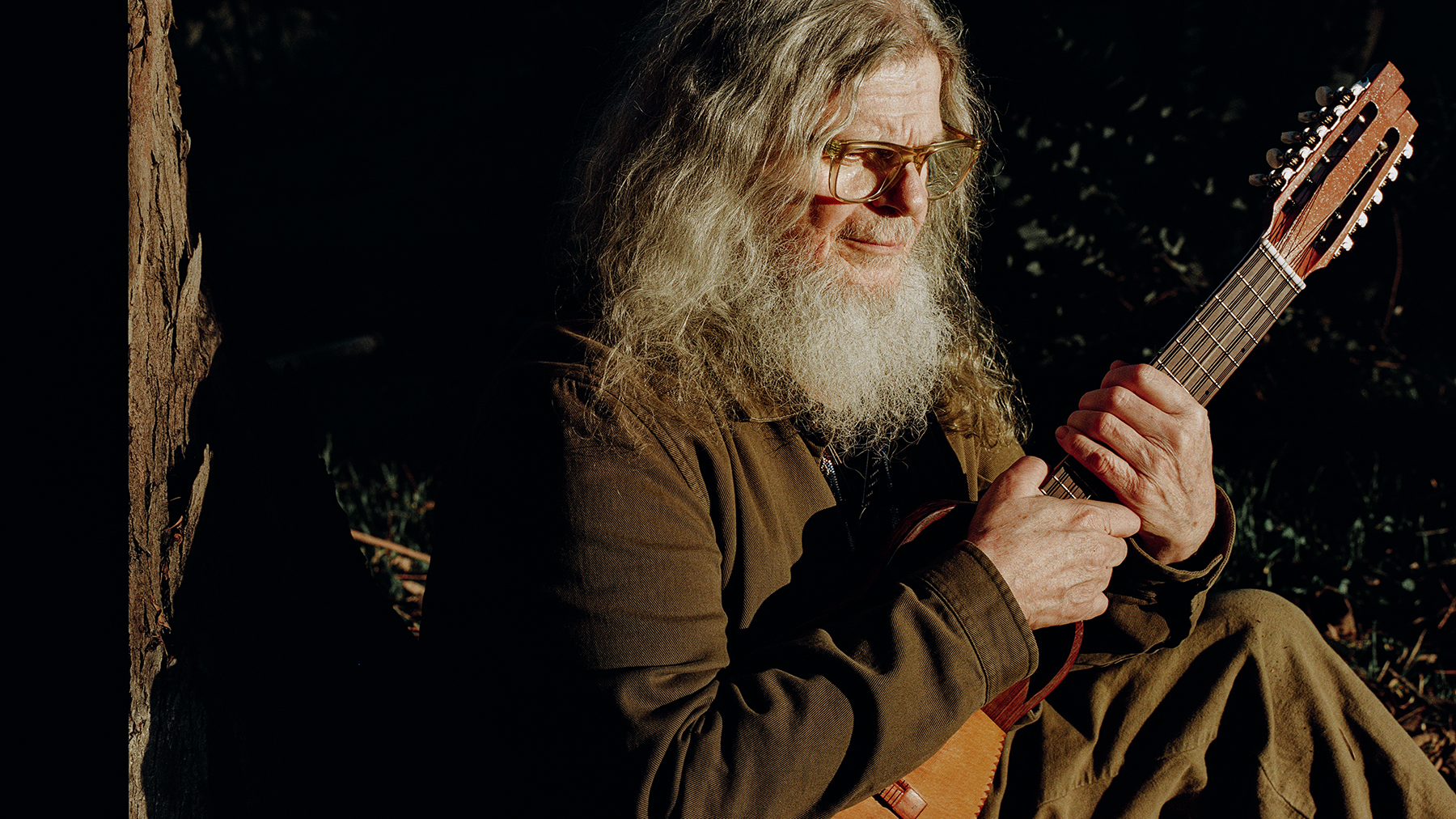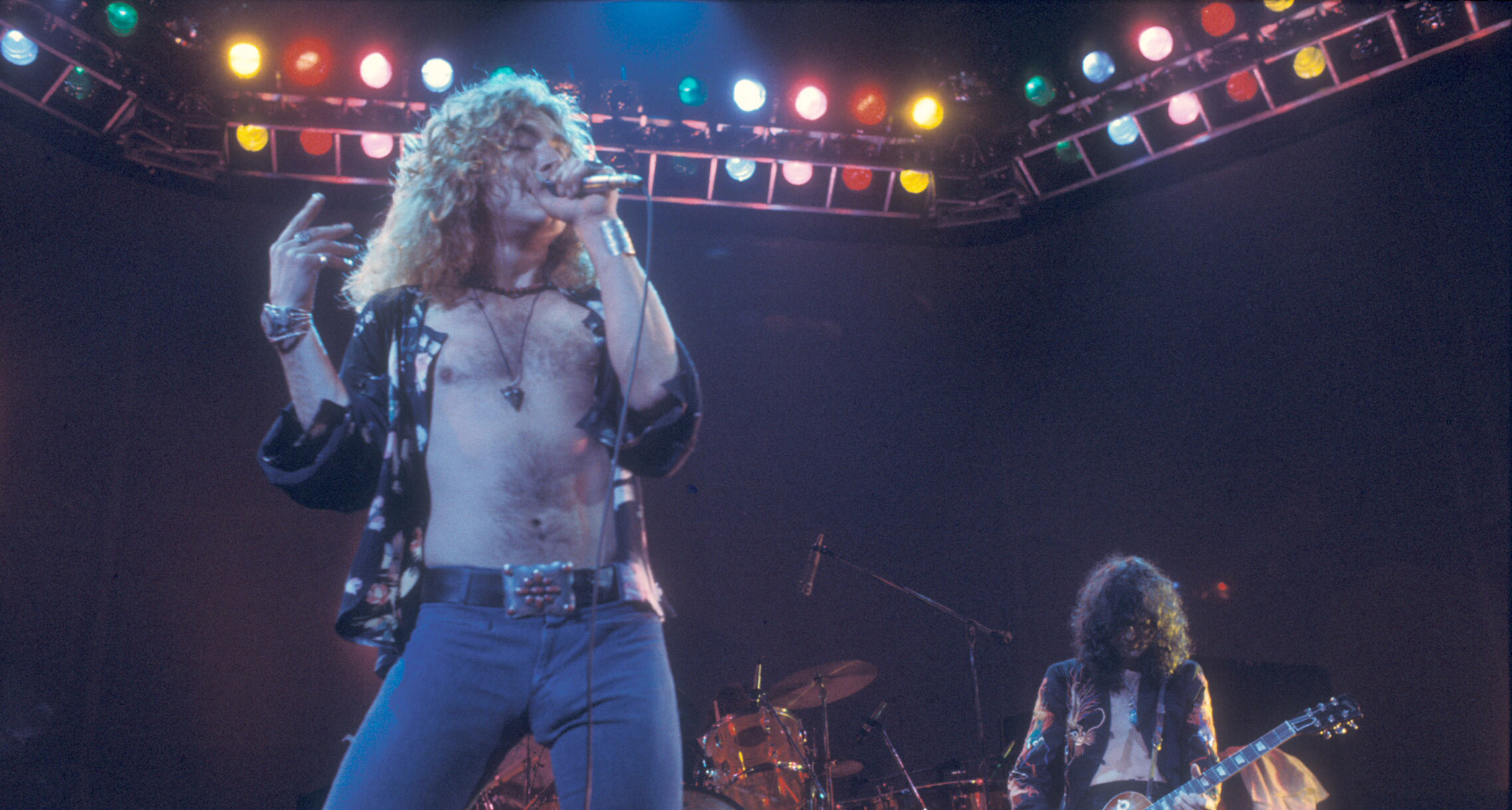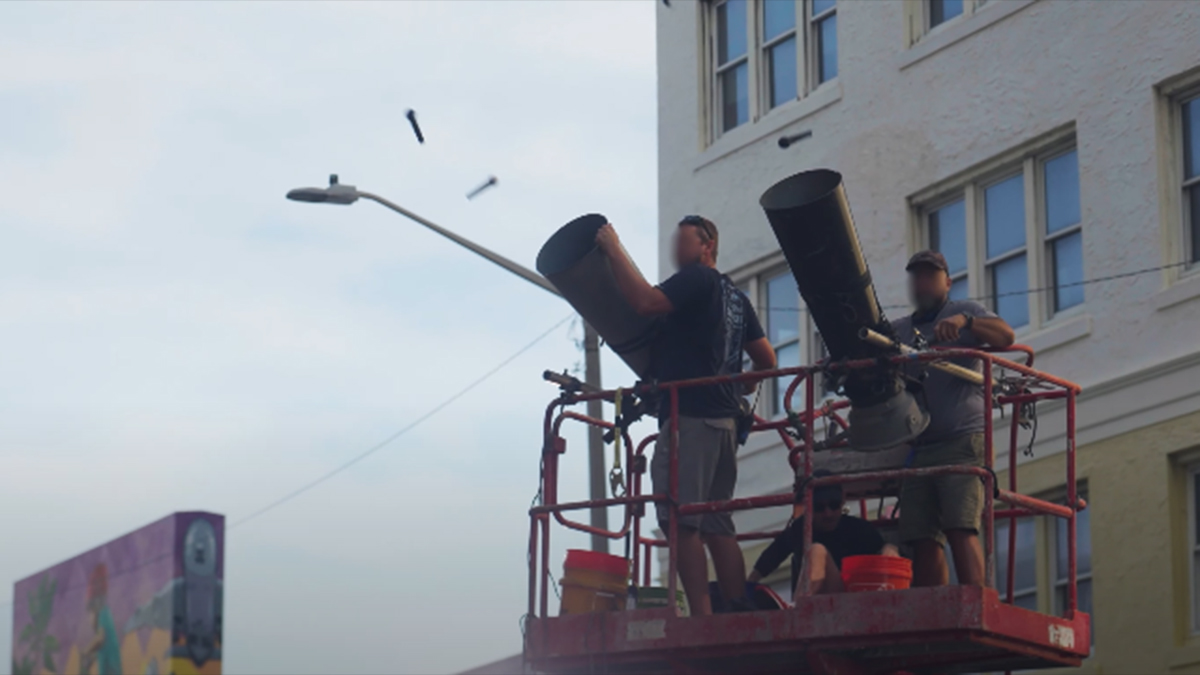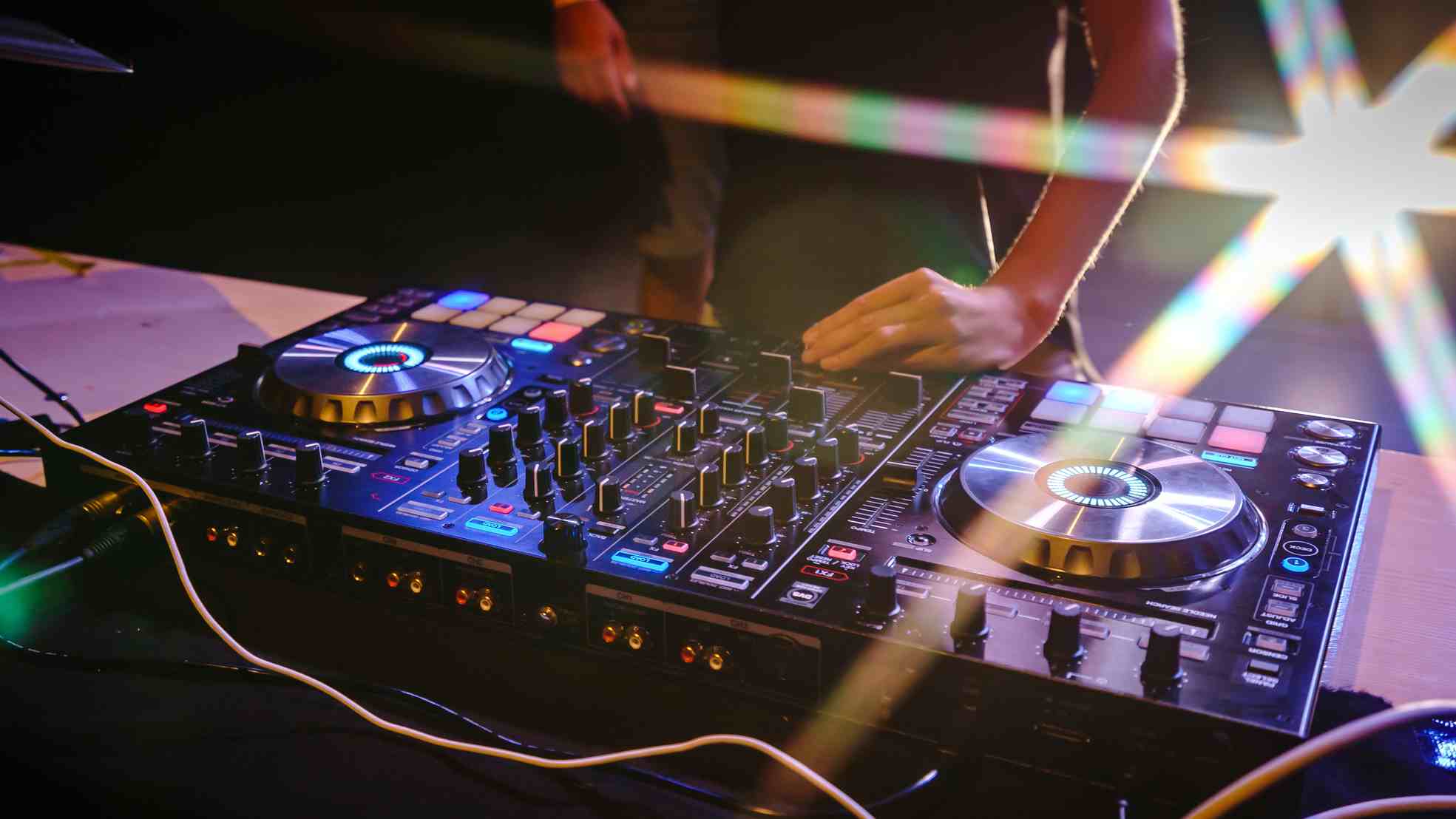Robin Schulz's top 10 tips for producers
Chart-topping DJ, producer and remixer offers invaluable advice and production tips

German DJ and producer Robin Schulz first came to attention with chart topping remixes of the Mr Probz track Waves and the follow-up single Prayer in C by Lilly Wood and the Prick.
With 150 Gold and Platinum certifications in less than three years, Schulz has sold six million records and clocked up two billion streams on Spotify. He also runs his own YouTube channel, which currently has 1.7 million subscribers and over a billion views.
Click through the gallery to discover Robin's production tips and the reason behind his selections...
1. Finding the right kick drum
"I think this is often underestimated, but when you create a house track it's important to start with the right kick drum. Of course it's a matter of taste, but it's also the foundation of the track which makes it an important element. You can alter the whole direction of a track with a change to your kick drum.
"For example, for the remix I did for Gnash's I Love U, I Hate U, I used a relatively normal kick at the beginning of the track but, later on, when the main kick comes in, a very dirty, low kick that gives the track a special deep feeling. Sometimes I try to tune the kick a bit to fit it to the bassline. This doesn't necessarily work with every kick, but it's always worth testing. Try and experiment with your tracks and you'll see how even a small twist can make a huge difference."
2. Don't boost the EQ
"This is not a generalisation, but sometimes it's better to cut rather than boost frequencies in the EQ. When I am working on a song, if I have too many EQs in the track then all the raised frequencies are multiplied and this can become difficult when it comes to the mixing process.
"That's why when I raise a frequency in the EQ I'll do it gently - except in those cases when I really want to shape a sound. But keep in mind that you have to be careful, as extreme cutting can change a sound completely. My favourite EQs are the FabFilter Pro Q and Ableton Live's EQ Eight, which has really improved since Ableton 9."
Get the MusicRadar Newsletter
Want all the hottest music and gear news, reviews, deals, features and more, direct to your inbox? Sign up here.
3. Red means red
"As a DJ and a producer, I love it loud! However, if many channels in Ableton are blinking red, this means the track is actually too loud, which will most likely cause trouble in the final mixdown. To prevent this, I simply lower my gains early in the production to avoid volume peaks, digital artefacts or distortion. It also offers you a wider range of options when it comes to compressing and limiting in the mastering.
"If you do this at the end of your production, your whole track can collapse and sound completely different because the whole dynamic has changed and you'll have to check every volume on every channel. This will be very time-consuming and also nerve-wracking, so try to avoid it from the beginning."
4. Create stereo width
"Sometimes I realise that a track sounds too massive and I have too much stuff going on in the middle of my stereo mix. That's why I start panning some of my channels to the right or left to open the whole track. Usually, I try to avoid shifting sounds completely to one side because it's enough to have a very subtle shift.
"It's easy to start with high sounds, like hi-hats or percussion, but it's also very useful on mid sounds like strings or keys. This will widen the mix and give some space for important elements like vocals or melodies. In any case, always remember not to do this process with your bass parts."
5. Create Ableton chains
"One thing I really love about Ableton is the possibility to group a chain of many different VSTs. You can build your own plugin chains with your favorite FX or synths, group them and just save the group as a template. It enables you to reuse the group at any time in any production.
"Sometimes I have a cool sounding bassline with FX but cannot use it in a current production. In this case, I'll drag and drop the sequence block into a library folder and use it later in a different track. You can actually pre-listen to it by clicking the saved sequence without rendering it to audio, and when you put the block back into your song, you can still change the cut-off or synth notes. This is another very useful thing about Ableton."
6. Avoid having too many tracks
"I think it is very important in song production to concentrate on the main elements. Sometimes I recognise that I have too many tracks or sounds in my production. Every producer has this problem, but it's much harder to minimise than to maximise.
"After listening to my own song a thousand times, I can get bored and put in a new beat element or FX to make it more interesting. Of course, sometimes this can be too much, so I have to force myself to get rid of unnecessary stuff. I'll start muting blocks or listening to solo sequences and try to decide if these elements are really needed in the track. Focus is the main keyword here. In the end, it's very helpful to find sections or solo parts for your arrangements too."
If you do this at the end of your production, your whole track can collapse and sound completely different"
7. Don't get stuck on a track
"It often happens that I'll just get stuck in a production. I try changing melodies or sounds, but nothing feels right. In situations like these, I recommend to save your project and start with something new. Don't open the track for a few days. Of course this depends on how fast you have to finish the track, but even when I'm under pressure I'll try to pause so I can focus on something else before coming back to the previous track.
"After waiting a while, when I open the song with new ears, thoughts and an open mind, I often realise instantly where the problem lies and what I need to change to make it great. Obviously this does not work every time, but you really can save a lot of time and prevent frustration if you just give the track a break and come back with a different mind-set."
8. My three production steps
"I try to make music by working in three production steps. First, I'll start with an idea for beats, bass, melodies, chords and vocals. Once I've selected the right tempo for the track, I'll create a cool groove and just have fun making music.
"Imagine people dancing to your track; that helps. Like I mentioned before, song structure is really the hard part. Try to focus on the best elements and get rid of what's needless, but also make sure you have a real good main element for the drop - so finish a complete song structure first without working out the details.
"Now it's time for all the elements to come together to make the final arrangement. In this third phase you are building breaks and adding some FX sounds like rises, drum fills and filtering. Then you can start mixing. Make sure the main elements are loud enough! Check every transition and small detail."
9. Use different speakers
"It's very useful to listen to your final mix on different speakers. First, you need a good set of monitors. In the studio, I'm working with Neumann KH 310s, which are excellent nearfield monitors. They have a good punch and you can hear every detail in your production.
"Additionally, I would always recommend listening to your songs on different speakers, just to make sure they sound great everywhere. When I'm on tour and sitting in a plane, I'm always listening on my headphones. But in a hotel room, I'll also listen to my tracks on Macbook Pro speakers because I know exactly how they sound from listening to other tracks. This is where I can especially focus on vocals or main lead sounds and make sure I have every element of the songs perfectly geared to each other."
10. Always wear sunglasses
"No matter if it's day or night, it's very important to wear your sunglasses while making music. Just to make sure you look cool…"
Check out the latest single by Robin Schulz & David Guetta Feat. Cheat Codes 'Shed A Light'. For more information, visit Robin's Facebook page.


